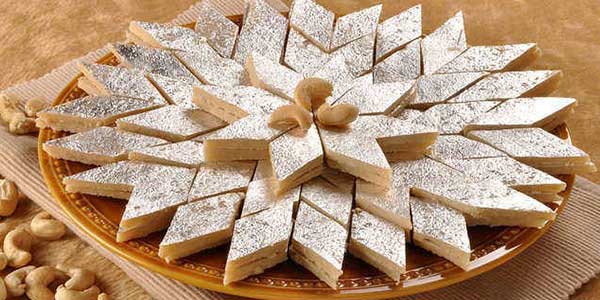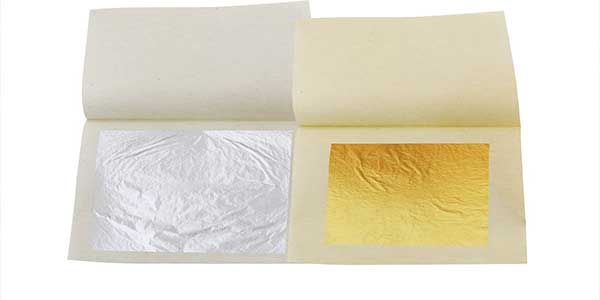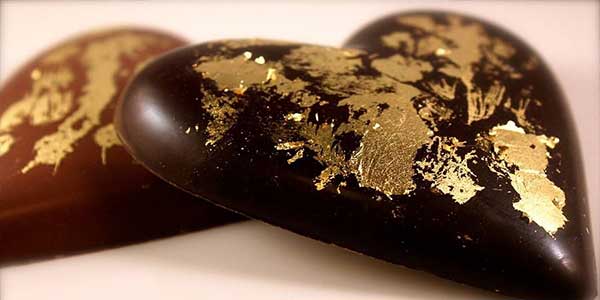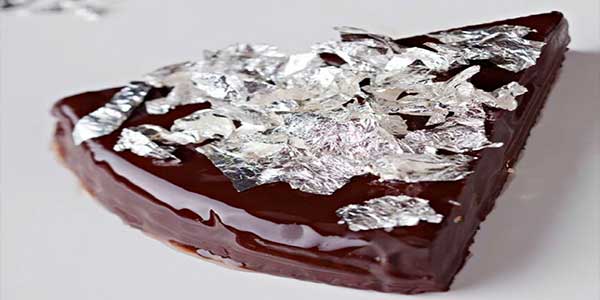Introduction:
Edible leaf, commonly known as varakh, is a culinary ingredient that adds a touch of luxury and elegance to various dishes. Edible leaf refers to thin sheets of gold or silver that are used for decorative purposes in cooking. In this article, we will explore the uses, qualities, origin, sources, production methods, applications, health benefits, use in cooking, and potential side effects.
Uses of Edible Leaf (Gold or Silver):
Edible leaf has been used for centuries to enhance the presentation and aesthetics of food. Here are some common uses of edible leaf:
a) Decorative Purposes: Edible leaf is primarily used for decorative purposes in the culinary world. It is applied to food items as a delicate, thin layer, adding a luxurious and visually appealing touch to desserts, sweets, chocolates, and even savory dishes.
b) Festive and Special Occasions: These are often used during festive occasions, celebrations, and special events to create visually stunning dishes that symbolize opulence and grandeur.
c) Confectionery: Edible leaf is frequently used in the production of confectionery items such as cakes, pastries, truffles, and candies. It gives these sweet treats an exquisite appearance and elevates their overall presentation.
d) Traditional Dishes: In some cultures, it is used in traditional dishes and delicacies as a symbol of prosperity, luck, and celebration.

Qualities of Edible Leaf (Gold or Silver):
Edible leaf possesses certain qualities that make it a sought-after ingredient in culinary preparations. Here are some notable qualities:
a) Edible and Safe for Consumption: These are specifically manufactured and processed to meet food-grade standards. It is considered safe for consumption when used in appropriate quantities.
b) Thin and Delicate: Edible leaf is extremely thin, delicate, and fragile. It is often made of gold or silver and is available in different grades and thicknesses.
c) Non-Toxic: These are manufactured using specialized techniques that ensure it is non-toxic and does not pose any health risks when consumed in small amounts.
d) Flavorless and Odorless: They do not have a distinct flavor or odor. It is primarily used for its decorative properties and does not impact the taste or aroma of the dishes it is applied to.
e) Non-Reactive: These are non-reactive, meaning it does not chemically interact with the food it is applied to. It remains stable and maintains its appearance when used correctly.
Origin and Sources of Edible Leaf (Gold or Silver):
The use of edible leaf dates back centuries and has been practiced in various cultures around the world. The specific origin can be traced to ancient civilizations in Asia, particularly India and China. Gold and silver leaf production techniques were developed in these regions and have been passed down through generations.
Today, edible leaf is sourced from specialized manufacturers who employ meticulous techniques to create thin, edible sheets. The gold or silver used in the production of edible leaf undergoes a rigorous purification process to ensure its suitability for food applications. The sourcing of edible leaf involves skilled artisans who apply the thin sheets onto transfer papers or leaves for ease of handling and application.

Production of Edible Leaf (Gold or Silver):
The production of edible leaf involves intricate processes to ensure the creation of thin, delicate sheets. Let’s take a closer look at the production process:
a) Gold or Silver Preparation: The gold or silver used for edible leaf production undergoes purification processes to remove impurities. The metal is hammered into thin sheets, and then cut into smaller pieces for further processing.
b) Beating: The metal sheets are placed between layers of animal skin or parchment paper and beaten with a mallet to make them even thinner. This process is repeated several times until the desired thickness is achieved. The beating process requires skill and precision to maintain the integrity of the metal and prevent tearing.
c) Cutting and Packaging: Once the sheets have reached the desired thickness, they are cut into smaller squares or rectangles. The cut sheets are carefully stacked between layers of tissue paper or transfer paper to protect them from damage during transportation and storage. They are then packaged in airtight containers to maintain their quality and prevent oxidation.
Applications of Edible Leaf (Gold or Silver):
Edible leaf has a wide range of applications in culinary preparations. Let’s explore some common uses:
a) Sweets and Desserts: These leaf are commonly used to decorate sweets and desserts such as cakes, pastries, chocolates, and ice creams. It can be applied in various forms, including as whole sheets, cut pieces, or crumbled flakes, to add a touch of elegance and sophistication.
b) Traditional Delicacies: In many cultures, these is used in traditional delicacies and festive dishes. It is applied to traditional sweets, mithai, and desserts to symbolize prosperity and joy.
c) Beverages: Edible leaf can be used to decorate beverages such as cocktails, mocktails, and specialty drinks, adding a visually appealing element to the presentation.
d) Savory Dishes: While these leaf are predominantly used in sweet preparations, it can also be applied to savory dishes for decorative purposes. It can be used to enhance the visual appeal of gourmet appetizers, main courses, and even savory snacks.

Health Benefits of Edible Leaf (Gold or Silver):
Edible leaf is primarily used for its decorative qualities and does not offer significant health benefits on its own. However, its application in culinary preparations can contribute to the overall enjoyment of food, which can have positive effects on well-being. Additionally, the consumption of edible leaf is generally safe when used in small quantities.
It’s important to note that the health benefits associated are primarily related to the psychological and sensory aspects of food enjoyment, rather than direct nutritional benefits.
How to Use Edible Leaf (Gold or Silver) in Cooking:
Using edible leaf in cooking requires care and precision to ensure its proper application. Here are some guidelines on how to use edible leaf effectively:
a) Preparing the Surface: Before applying, ensure that the surface of the food item is clean, dry, and smooth. This will help the leaf adhere properly and create a visually pleasing appearance.
b) Handling with Care: Being delicate these can tear easily. Use clean, dry hands or a pair of tweezers to handle the leaf gently, minimizing the risk of damage.
c) Applying the Leaf: Place the leaf on the desired surface and gently press it down using a soft brush or the back of a spoon. Start from one edge and gradually work your way across the surface to ensure a smooth and even application.
d) Trimming Excess Leaf: If there is any excess leaf hanging over the edges, carefully trim it using a sharp knife or scissors for a neat and tidy presentation.
e) Complementary Flavors: Consider the flavor profile of the dish and choose. Gold leaf is generally used for desserts and sweets, while silver leaf can be used for both sweet and savory dishes.
Side Effects and Precautions:
While generally considered safe for consumption, there are a few precautions to keep in mind:
a) Allergies: Some individuals may be allergic to them, especially if they have existing allergies to metals such as gold or silver. If you experience any adverse reactions, such as itching, swelling, or difficulty breathing, discontinue use and seek medical attention.
b) Heavy Metals: Edible leaf is made from gold or silver, which are metals. While the amounts of metal consumed through them are minimal, excessive consumption may lead to an accumulation of heavy metals in the body. It is recommended to use in moderation.
c) Digestive Concerns: These leaf are not digested by the body and passes through the digestive system intact. Some individuals may experience discomfort or digestive issues if they consume large amounts of it.

Conclusion:
Edible leaf, whether in the form of gold or silver, is a culinary ingredient that adds a touch of luxury and elegance to various dishes. It has a long history of use in different cultures and is primarily used for decorative purposes in cooking. These are safe for consumption when used in moderation and adheres to food-grade standards. It has no significant health benefits on its own but enhances the overall sensory experience of food. By following proper handling techniques and considering complementary flavors, it can be effectively used in cooking to create visually stunning and delightful dishes. However, it’s important to be aware of any allergies and consume edible leaf in moderation to avoid potential side effects.